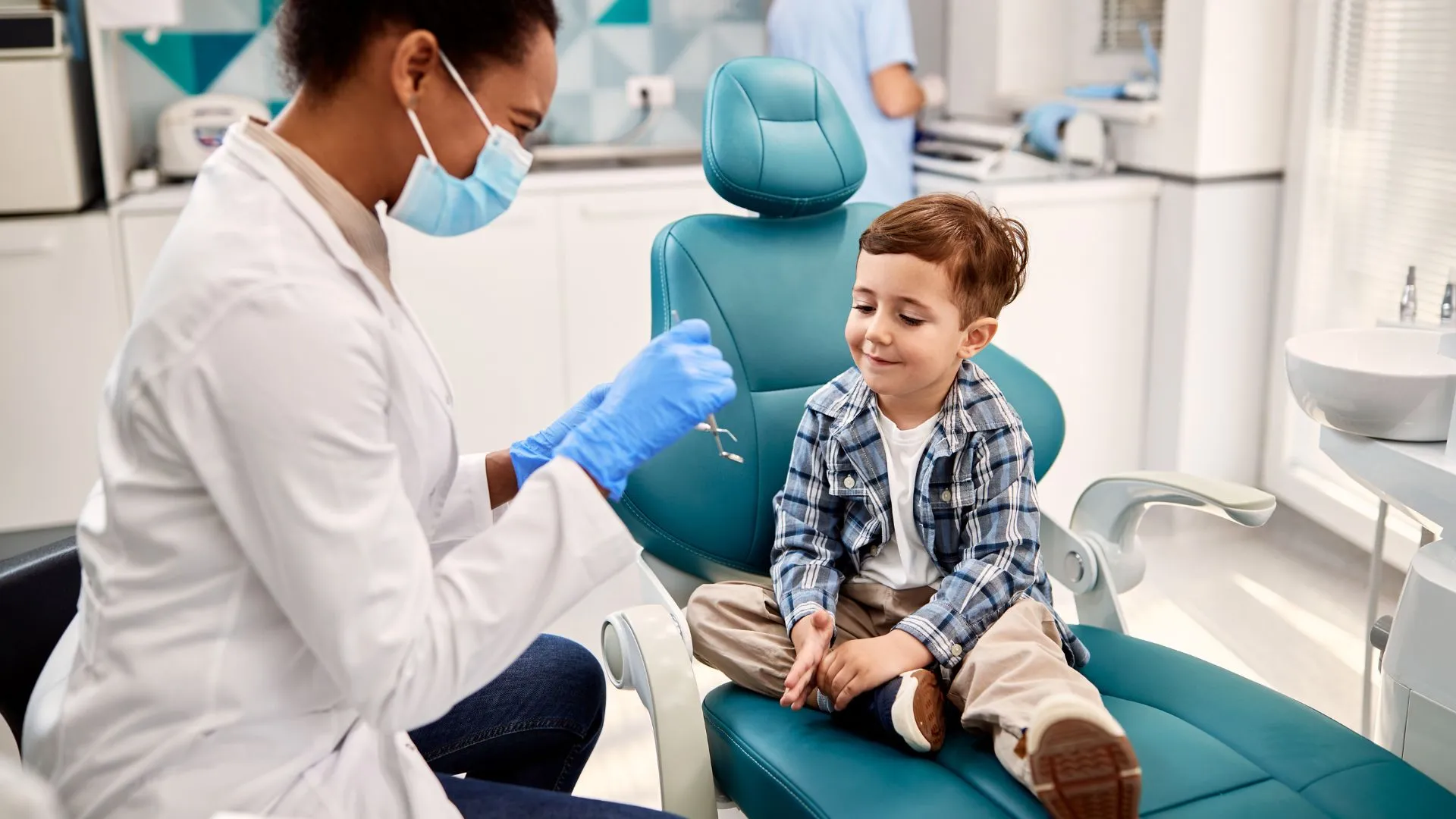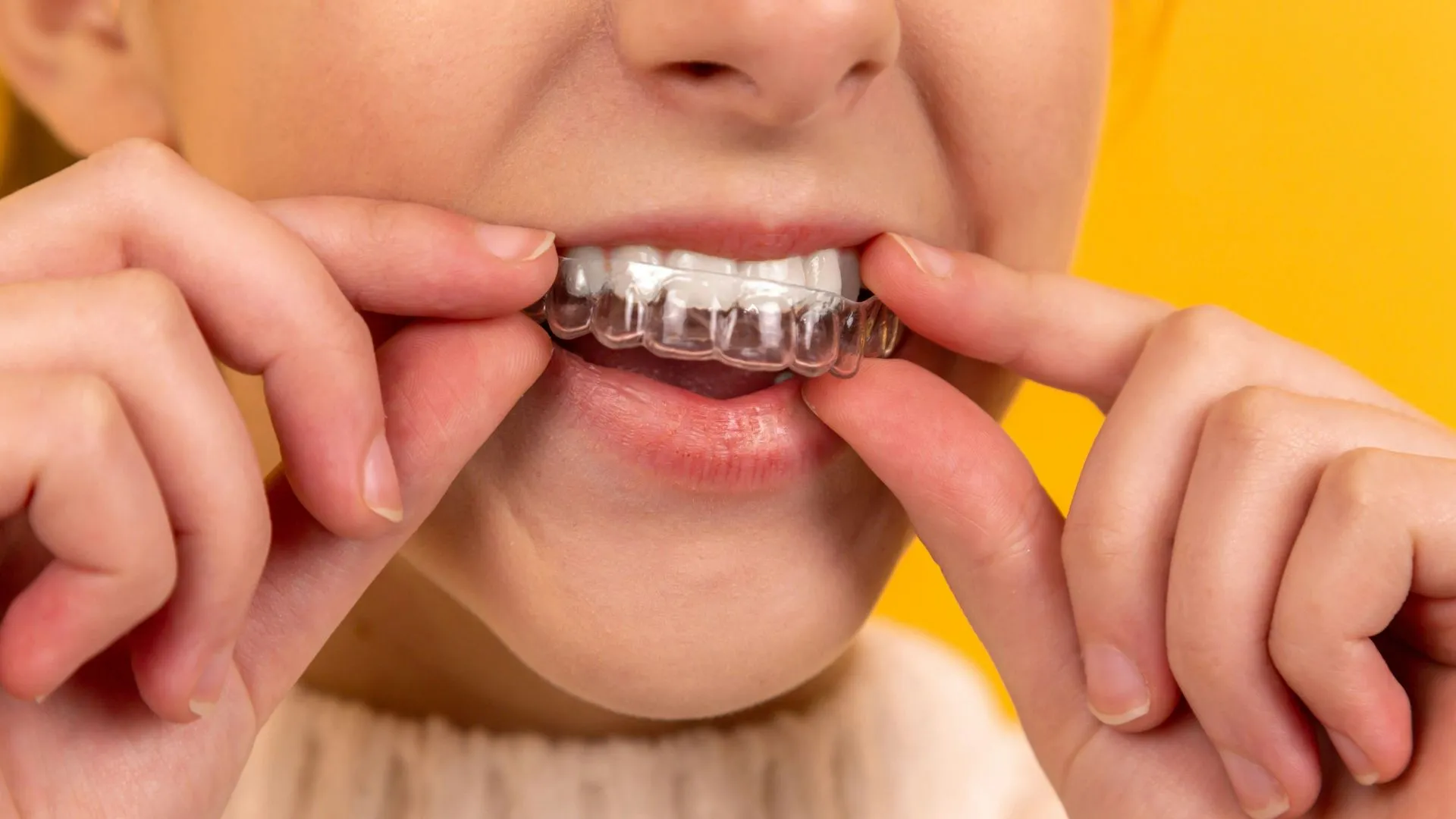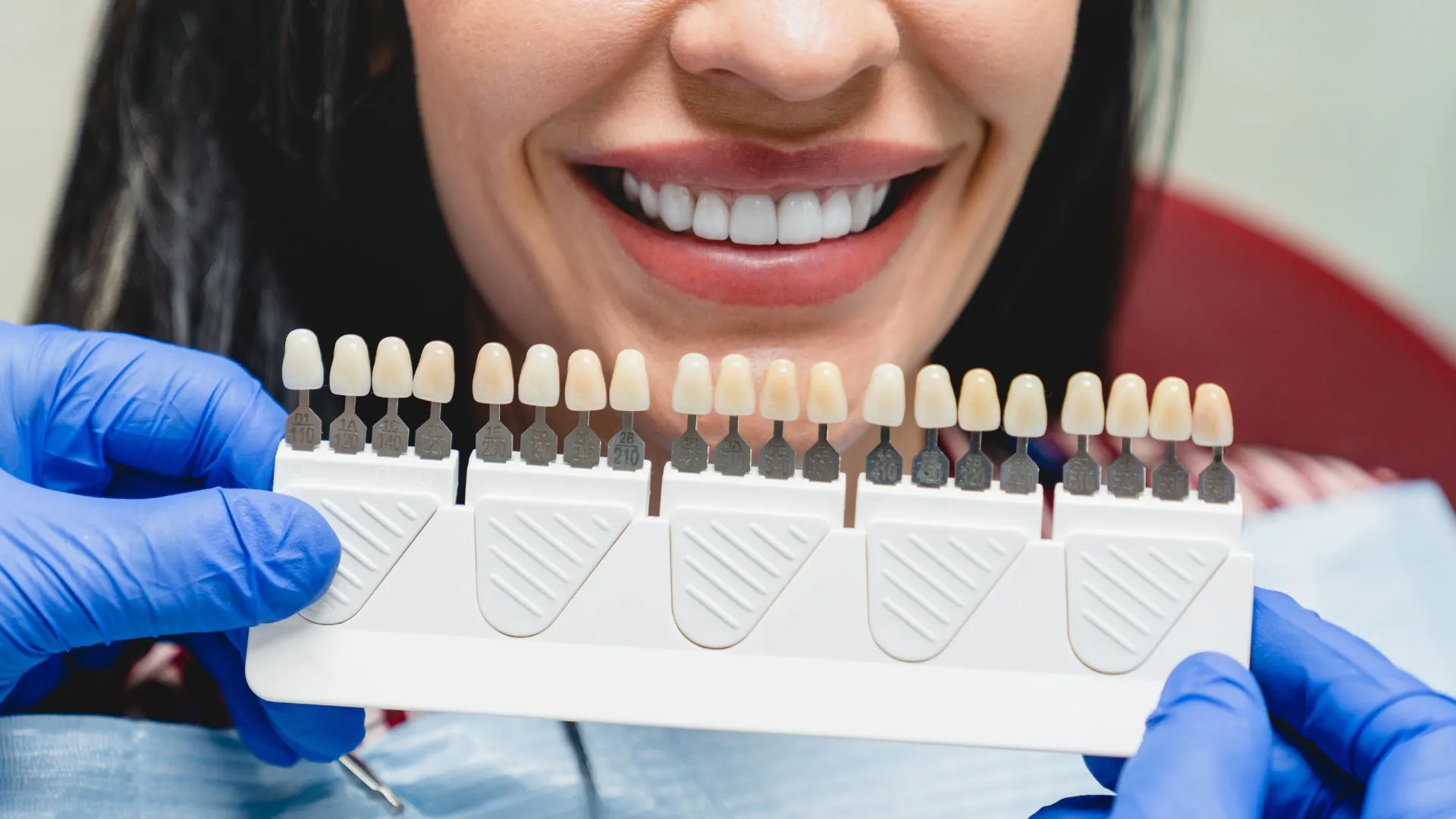While the term ‘mouth-breather’ has become a silly derogatory expression, the actual habit is a cause for concern. When a child doesn’t breathe through his or her mouth, then he or she may not be getting as good of oxygen. This poor oxygen intake can…
While the term ‘mouth-breather’ has become a silly derogatory expression, the actual habit is a cause for concern. When a child doesn’t breathe through his or her mouth, then he or she may not be getting as good of oxygen. This poor oxygen intake can lead to sleepiness and issues like TMJ:
8 possible causes of your patient’s jaw pain
As a periodontist, I frequently treat temporomandibular joint (TMJ) pain or temporomandibular disorders (TMDs). Many of the causes of this type of jaw pain also can damage the jawbone around the roots of teeth. In my experience, between 60% and 70% of adults have experienced some symptoms of TMD. Their most frequent complaint is pain either in the jaw joint or the jaw muscles. Patients often experience discomfort when opening their jaw, along with popping and cracking sounds in the jaw joints when opening and closing. Some patients also experience buzzing or ringing sounds in their ears. TMDs are multifactorial, and their sources may be difficult to identify. I initially focus on the following eight related causes for TMDs:
- Trauma (such as a car accident) involving the jaw joint, which could damage the joint structures
- Clenching and grinding the teeth
- Teeth that have been improperly restored or are out of alignment
- Poor nutrition and unhealthy digestion, which could cause chronic inflammation and affect all joints in the body, such as in patients with rheumatoid arthritis
- Emotional stress, such as illustrated by a study by Lei and colleagues in Cranio (April 28, 2016).
- Lack of sleep
- Excessive estrogen, although studies vary
- Infection in the joint
Many factors affect jaw pain. The more obvious causes should be explored first. If grinding habits or bite problems exist, these must be corrected. Stress reduction, restorative sleep, and good nutrition to provide proper hormone balance must be implemented to reduce TMD symptoms. If symptoms persist, other treatment options should be considered to make the patient comfortable.
Even though this article doesn’t specifically list mouth-breathing as an issue, the following video illustrates how mouth breathing can actually change the structure of your child’s mouth. Mouth breathing not only causes teeth movement but unnatural jaw movement:
NBC News invited Dr. Jefferson on that confirmed all of these issues. He also says that while many people may blame genetics on poor aesthetics, it could actually be something like mouth breathing:
‘Mouth-breathing’ gross, harmful to your health
As Dr. Yosh Jefferson, a New Jersey functional orthodontist, explains, “Mouth-breathing also irritates the tonsils and adenoids, so you have a double whammy where the sinuses are congested, which causes further blockage of the upper airway.” Now you really can’t breathe out of that nose. What’s more, when you take in oxygen through your nose, it passes over the mucous membrane and into the sinuses, which produces nitric oxide, which your body needs for all the smooth muscles, like your heart and your blood vessels. So when you’re not breathing through your nose, your blood actually isn’t getting all the oxygen it needs to function properly.
Jefferson believes breathing though the mouth is often an overlooked root cause of many health and behavioral problems, particularly in school-age kids. (“Just think of the child,” he says. “How do you think they’re doing in school? These kids are tired, they’re irritable, they can’t concentrate in school. And a lot of these kids (may be) diagnosed with ADD and hyperactivity.”)
But here’s the absolute weirdest thing that mouth-breathing can cause: It can actually change the shape of kids’ faces, according to a report Jefferson published last year in the journal General Dentistry. “Severe mouth breathers develop what they call long face syndrome — long, narrow faces, very unattractive facial features. Also if their tonsils are swollen, they sometimes position their jaw in weird ways in order to get more oxygen into their bodies.
It can happen in adults as well, but it’s more prominent in children,” Jefferson says. “People think they grew to this face because of genetics –- it’s not, it’s because they’re mouth-breathers.” It’s reversible in children if it’s caught early — an orthodontist might use a device to expand the jaw, which will widen the mouth and open the sinuses, helping the child breathe through the nose again. (This can be done in adults, too, but it’s more difficult.)
“It’s best to treat them early,” Jefferson says. “It drives me crazy that there are so many kids who are mouth breathers and no one is doing anything about it.
The good news is that if you correct your child’s mouth breathing while they are still young, their jaws and oral structures have a chance to grow normally. When you go in for a dental exam and cleaning, be sure to ask your dentist about this. If your child has ADD, suffers from fatigue, has a sore neck, or has headaches, then those tell-tale signs should warrant a dentist’s opinion.




